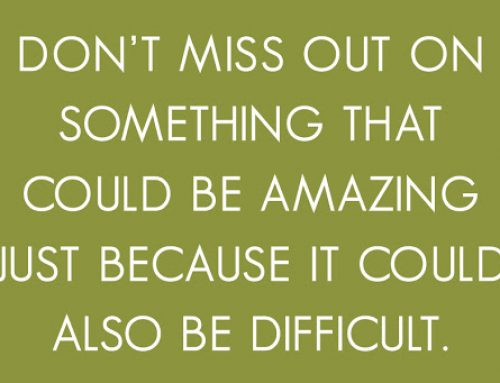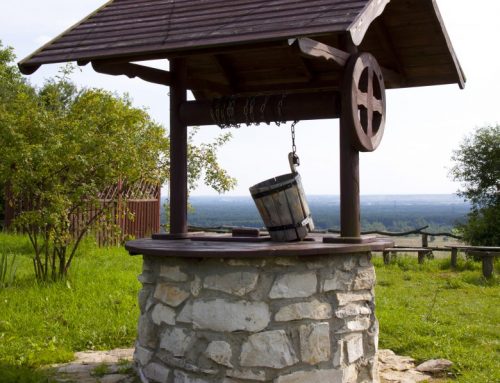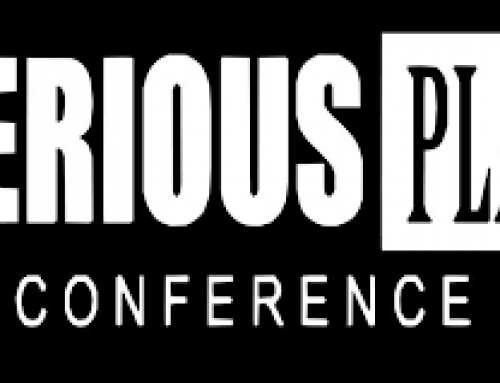 In a recent Libguide I created for a British literature class http://libraryschool.libguidescms.com/1984 I posed a question: “Are we living in an Orwellian Society?” In 1984 this ad http://www.youtube.com/watch?v=VtvjbmoDx-I was used to introduce the ground breaking personal computer. Apple purposely chose a dystopian theme. Little did we (as a society) know back then how computer use would evolve 30 years later. 30 years ago even though we did teach in schools 1984 we might have not posed a question that looks at what is happening today with regards to what has been happening with Edward Snowden and the NSA: “This novel takes place in the year 1984 and depicts a dystopian society in which citizens’ freedoms are restricted by a totalitarian government ruled by a dictator referred to as “Big Brother.” Many critics draw parallels between today’s society and the world depicted in the novel, suggesting that we are starting to live in what has become known as an Orwellian society.” However as educators, and as pointed out by Sonia Livingstone in Changing childhood, changing media (2009), we must be certain that learners today are equipped with the skills required to be media literate. Livingstone points to four key dimensions- access, analysis, evaluation and creation.
In a recent Libguide I created for a British literature class http://libraryschool.libguidescms.com/1984 I posed a question: “Are we living in an Orwellian Society?” In 1984 this ad http://www.youtube.com/watch?v=VtvjbmoDx-I was used to introduce the ground breaking personal computer. Apple purposely chose a dystopian theme. Little did we (as a society) know back then how computer use would evolve 30 years later. 30 years ago even though we did teach in schools 1984 we might have not posed a question that looks at what is happening today with regards to what has been happening with Edward Snowden and the NSA: “This novel takes place in the year 1984 and depicts a dystopian society in which citizens’ freedoms are restricted by a totalitarian government ruled by a dictator referred to as “Big Brother.” Many critics draw parallels between today’s society and the world depicted in the novel, suggesting that we are starting to live in what has become known as an Orwellian society.” However as educators, and as pointed out by Sonia Livingstone in Changing childhood, changing media (2009), we must be certain that learners today are equipped with the skills required to be media literate. Livingstone points to four key dimensions- access, analysis, evaluation and creation.
Before I take a closer look at Livingstone it’s important that we understand how we have arrived to where we are today. We must not take for granted what has been achieved up to this point. It is also very important to understand the development that has occurred over 100 years to be better equipped with the knowledge that may help us plan the journey ahead.
In the book 21st Century Kids, 21st Century Librarians Virginia Walter sheds light on the history of Children’s Literature and the movement that brought children into public libraries. I, Ariel Dagan, live in Worcester, MA. This city has a beautiful library with what I always considered was an amazing children’s section. After reading Walter’s book and hearing about other projects around the country I have gained a much greater appreciation of the Children’s section at my local library yet know that there is so much more they can and should strive to implement. Perhaps it is because, as I pointed out in a previous post http://bit.ly/1lBnCbo, I have been exposed to wonderful media literature options available to me during my influential years that it would be hard for me to imagine a world not open to the vast array of “age appropriate” media material available to children today. We have seen that libraries have been able to grow their collections and develop material that will additionally meet the needs of Young Adult readers. There are those that argue that much has changed since personal computers with internet access has entered our worlds. Unfortunately when it comes to the issue of age appropriate material we find that internet access leads to wider conversation.
Lisa Guernsey is just one strong voice that is trying to advocate for children through her role in Early Education Initiative of the New America Foundation. In her book Screen Time: How Electronic Media – From Baby Videos to Educational Software – Affects Your Young Child she is able to share her research results that may lead to some warning bells. In a recent post http://bit.ly/1it4CXT I shared insights from the wonderful analysis Lisa brings to readers attention. It was helpful to watch Dimitri Christakis’s TedTalk that validated much of what Guernsey already pointed out regarding the importance of parent interaction. Yet Guernsey and Common Sense Media, (a nonprofit organization dedicated to being an independent voice while providing kids and families information, education, needed to thrive in the world of media and technology) both see that media is an integral part of our lives. I applaud the efforts of Cen Campbell and other librarians who are finding ways to initiate forward thinking programs in their communities. Never the less we must not ignore the facts that there are very big differences in funding and technology infrastructure between populations not only here in the USA but also around the world.
I wanted to return to the research findings of Sonia Livingstone since she writes about an issue that continues to be where I find myself returning to look at more information. In a recent post http://bit.ly/1ieR4ic I reflect on the main concern of Livingstone which is the welfare of the child in this digital age where children has access to a wealth of material online. Although Livingstone goes out of her way to point our the merits of this generation, at the same time she does a fantastic job bringing to our attention the ramification and concerns that may not be evident to all parents and educators.
Theses experts in the field point out: “First time in history children have more knowledge than the adults with regards to the internet and are seen as natural experts since they are referred to as the digital or internet generation or generation Z”. However are we really looking at the whole child? Are we providing the same opportunities to all our children when Livingstone, CommonSense Media and Concerned Children’s Advertisers and Media Smart point out to us all of the availability of expressing ourselves you would think all is good.
The issue of access to resources can be seen from many sides. Do we really provide fair financial support to all student for having resources and accessing the information everywhere they are? Are the problems with the CIPA? In The Students Are Watching -Schools and Moral Contract by R. &N. Sizer the authors point out (p.35) a class the was studying the bills of rights and the issue of downloading pornography. The authors point out: “one couldn’t help but be struck, not just by the student’s commitment to the discussion, but also by their skill at handling complex concepts, at looking at the background of the case, at imagining outcomes if the case had been handled differently”. I brought this example because Livingstone also speaks of children to be able to master analysis and evaluation as part of being media literate.
Let us not forget the many experts in the field of child development, and of human development in general have spent a lifetime dedicated to their evaluation and analysis before coming up with their theories. In a recent post http://bit.ly/1eTOQkN I take closer look at Erik Erikson’s understanding of the individual. Computers and especially internet access has not been around for such a long time yet has been having significant impact on our lives? Have we finished evaluating the impact of media such as films, radio and television on childhood development? What software o app or how long is too long to expose someone can be posed as well to how many ours is too long reading a book? I would argue as well, as pointed out by others that perhaps those who design or produce the shows such as Sponge Bob Square Pants may not have taken the time to understand what is appropriate for each age group. And continuing on that note just because children can watch/view/read/access certain information and grasp it, it does not mean that they are ready to handle it. Erikson and others point out the importance of each stage. Has the internet caused us to spped up the development of children because of being exposed? Are they really more mature or are we in essence forcing it, unintentionally upon them?
During the last few sessions in LSC530 we have looked at several web 2.0 tools that may be seen as valuable tools to be used with learners. Livingstone’s last key skill about media literacy is creation. There is no doubt that today we all have the power to express ourselves publicly like never before. We can create blogs, video, publish books, create websites and so much more. We can take a picture and share it in seconds with people around the world. This is all great and yet it also frightens many people. How we choose to interact online is diverse. It is even funny that we have a choice how to interact. On this page you can view a clip by Erik Qualman or read statistics about the fast changes.
The world we live in is filled with wonder. It is both beautiful and ugly at the same time. It is filled with amazing people that would be courteous and helpful but at the same time there are people who want to do us harm. Why do I say this? I am an information specialist. It is my job to help people access information and knowledge. I should remember that “books and reading are essential to the human spirit”. I would caution the person reading the latest report (2014) by YALSA. I do believe that our children are exposed to a greater amount of media than earlier generation and perhaps the data compiled by this report is not looking at all the aspects of what is considered media and how today’s children are exposed to media as in relation to those of us born at the time prior to the birth of the personal computer.
In the Edutopia clip below I have purposely picked a glimpse from the past (2009) of how the Digital Generation was seen back then. Perhaps you can ponder after watching this clip how you might see significant changes over these 5 years and how do we help develop a healthy media literate children’s program?

























